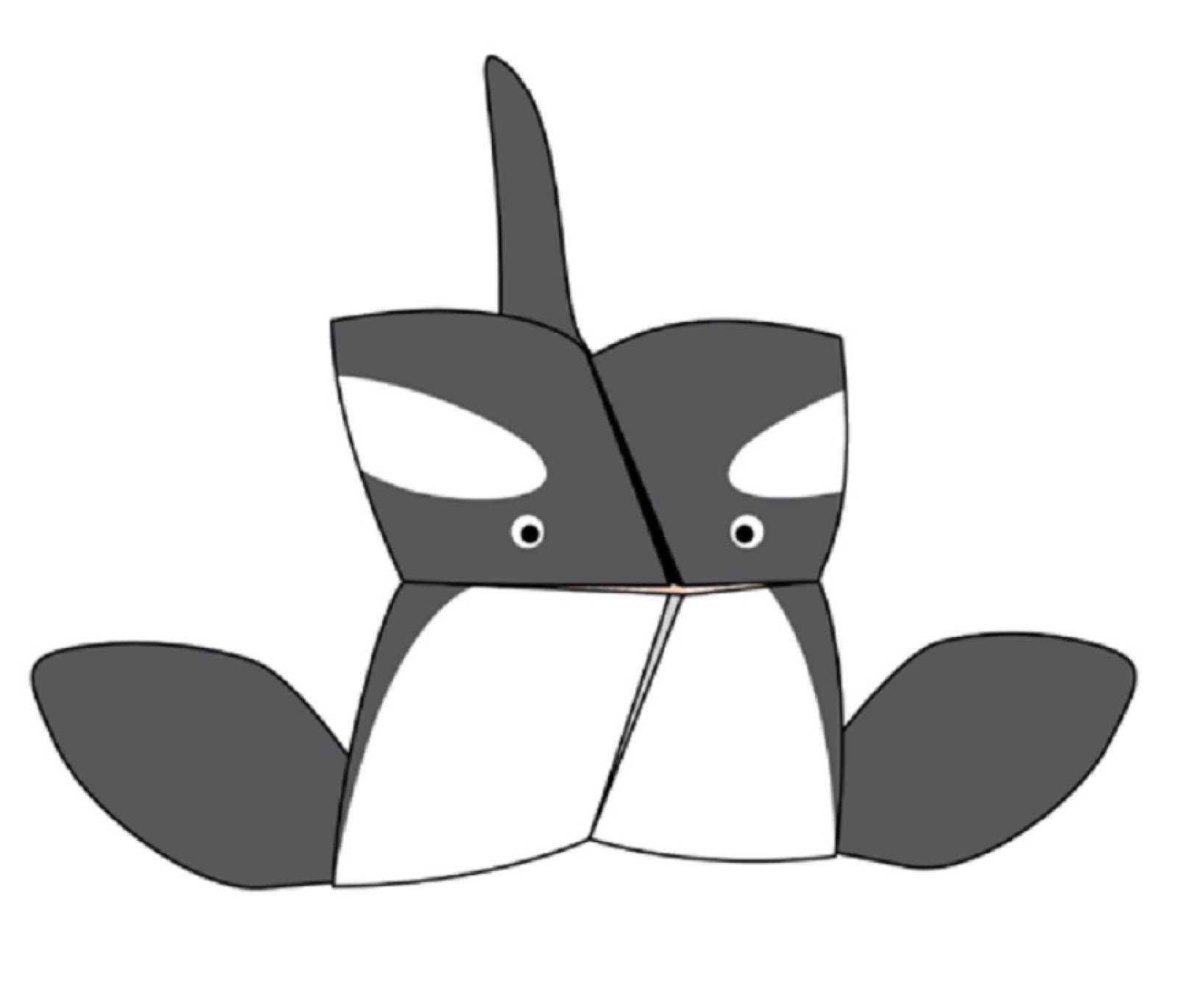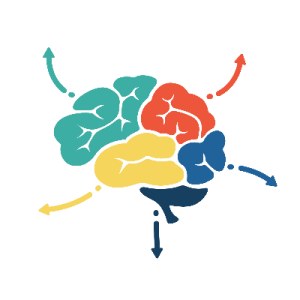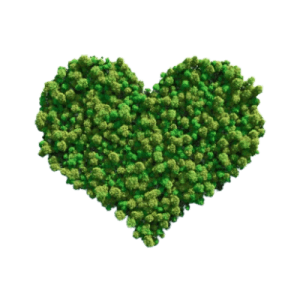
Overview
In this activity, students learn the importance of water conservation as all living things need water to survive. Using Ola the orca’s water conservation tips as a thought starter, students play a word game, and make Ola’s origami fortune teller to play with their friends and share the conservation message.
Instructions
What you'll need
- “Ola’s conservation tips” handout, one copy per student
- “Ola’s origami fortune teller” handout, one copy per student
- Scissors and glue stick per student
- Start by having a class discussion on how people need water to survive. Have students share how we use water like for drinking, cooking and cleaning.
- Discuss that we also use the power of falling water in B.C. to make electricity for our lights and devices.
- Have students make the connection that all living things, like Ola the orca, need water to survive. We need to conserve water and share the resource, so we all have enough for our needs. We also need to protect Ola’s home, keeping the water clean by not putting chemicals down the drain and making sure we are recycling responsibly so garbage does not end up in the waterways and oceans.
- Provide each student with a copy of “Ola’s conservation tips”. Using this activity as a thought starter, have students fill in the missing words. Next, students, working individually or in pairs, can brainstorm additional tips on water conservation and protection.
- Provide each student with the “Ola’s origami fortune teller” handout. Following the instructions, ask students to cut out and fold to create a whale fortune teller. Students then fill in the 8 fortunes with their own water-saving or protection tip like “take a shorter shower” or “keep garbage out of the water”. Next cut out and glue on the flippers and fins.
- Students can then play the game with friends and families and share the message on how important it is to conserve and protect the water.
Modify or extend this activity
Extensions
- Have students buddy with a younger grade to share the water conservation messages and play the origami fortune teller game.
- Pull up the “Water on the move” activity to learn how water connects us and needs protection.
Curriculum Fit
Grade 4 Science
Big ideas
- All living things sense and respond to their environment
Content
- Sensing and responding:
- Humans
- Other animals
- Plants
Curricular competencies
Communicating
- Represent and communicate ideas and findings in a variety of ways, such as diagrams and simple reports, using digital technologies as appropriate
Grade 5 Science
Big ideas
- Earth materials change as they move through the rock cycle and can be used as natural resources
Content
- The nature of sustainable practices around B.C.’s resources
Curricular competencies
Communicating
- Communicate ideas, explanations, and processes in a variety of ways
Grade 6 Science
Big ideas
- Multicellular organisms rely on internal systems to survive, reproduce, and interact with their environment
Curricular competencies
Communicating
- Communicate ideas, explanations, and processes in a variety of ways
Grade 7 Science
Big ideas
- Earth and its climate have changed over geological time
Content
- Survival needs: all organisms need space, food, water, and access to resources in order to survive
Curricular competencies
Communicating
- Communicate ideas, findings, and solutions to problems, using scientific language, representations, and digital technologies as appropriate
Assessments
- Assess students’ understanding of the need to conserve and protect water.
- Assess students’ creative and critical thinking with ideas for ways to conserve and protect water.
- Assess students’ ability to follow the instructions and create the origami fortune teller.
Teaching Notes
Water conservation
Here are a few tips on how to conserve and protect water:
- Make those showers shorter. Even with a low-flow showerhead, showers add up to a lot of water use. Cutting back on your showers by a couple minutes will save water and cut down on your water heating costs.
- Fix that leaky tap. Leaks account for an estimated 13% of water use in the average home. A little intimidated by the thought of trying to fix a leaky tap? Learn the basics here.
- Wash laundry in cold water. It's easier on your clothes, and it works well with most detergents now on the market. It's another way to cut water heating costs and reduce your electricity bill.
- Keep a jug of water in the fridge. You waste water while you wait for that tap to run cold.
- Bonus tip: Fill plastic water bottles to three-quarters full and keep them in your freezer. Not only will your appliance work less hard with a fuller freezer, you'll have ice-to-go for that picnic, and after a while, ice cold bottles of water to sip at the beach.
- Turn off the tap while brushing teeth or washing the dishes. And wash vegetables in a pan or tub rather than running water out of the tap as you go along.
- Be water smart in the garden. Water vegetable gardens slowly, in the morning, by hand, near the roots. Break up hardened dirt to allow water to soak in.
- Install low-flow toilets, as toilets account for almost a quarter of all household water usage. Consider not flushing during the night, adhering to the same 'If it's yellow, let it mellow... If it's brown, flush it down' mantra you apply at the cabin.
- Consider a rain barrel. If your world-class gardens require lots of water, lean on a rain barrel to supplement what you get out of the tap.
BC Hydro’s Environmental Responsibility
In B.C. we are powered by water. The electrical system stretches across each region of the province and the traditional territories of Indigenous Nations. We have 30 hydroelectric plants and a network of over 80,000 kilometres of power lines that transport electricity from our generating stations over mountain tops, through river valleys to homes and businesses in B.C. We have the cleanest generation in Western North America and amongst the lowest greenhouse gas emissions of any utility in North America.
We recognize that while water is core to our business, it also holds spiritual and cultural values to Indigenous Nations, and environmental importance to all communities in B.C. We’ll work together to protect the province’s water resources and honour these multiple uses and values as we move forward. Check out Environmental responsibility for ways BC Hydro is protecting and sharing the resource.








